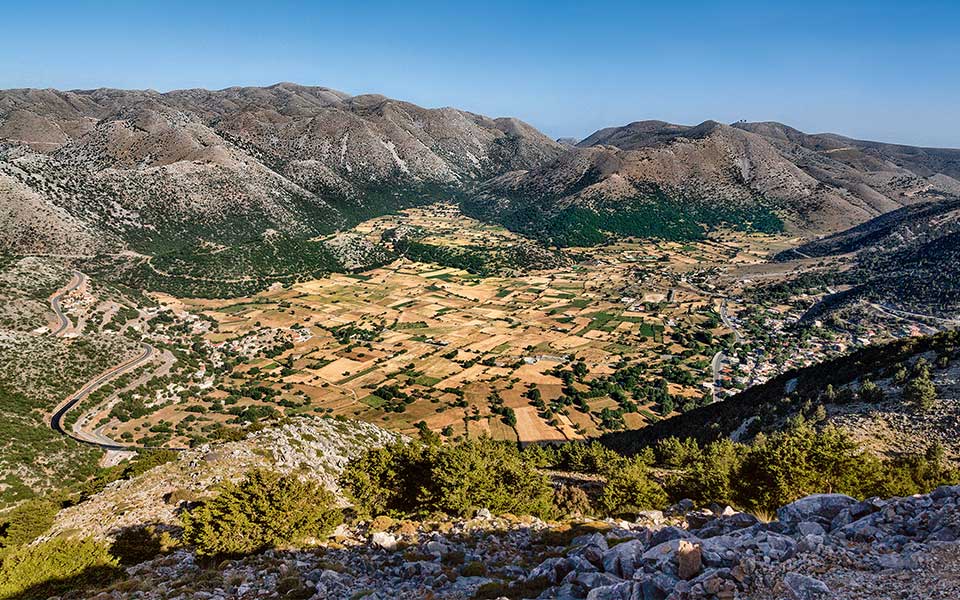In the last days of summer 2020 we felt the need to escape. To be safe, in a place open to the skies, close to nature; shelter from the silent Covid storm. Previously, like most visitors to western Crete, I had only known Askifou as the saucer-shaped plateau passed by on the drive to the south coast village of Hora Sfakion. Green and verdant, in stark contrast to the rugged limestone peaks that encircle it, Askifou sits in the heart of the Lefka Ori (“White Mountains”), a waypoint used by travelers for centuries between Hania and the Libyan Sea.
Askifou’s patchwork of pastures grow wheat today, as they have done for centuries, with a sprinkling of maize and grapes. Irrigated by mountain streams, the fertile soil produces fine potatoes too. The shepherds may tend their flocks of sheep here in Toyota utility vehicles, but their craft is the same as it was a millennia ago. Four villages make up the Askifou communities – Ammoudari – the largest on the plateau’s western edge, and the tiny hamlets of Kares, Goni and Petres.
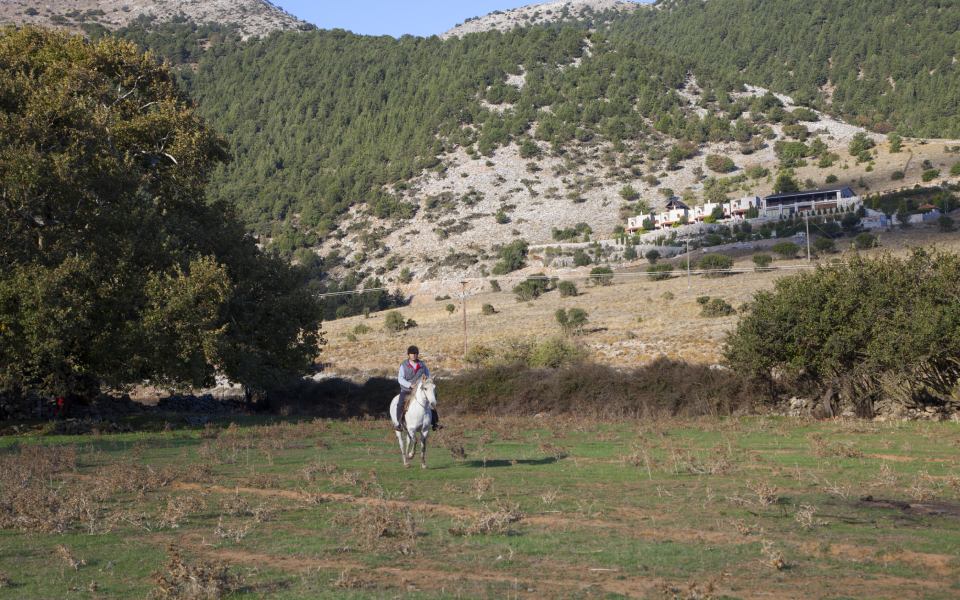
© Olga Charami
Connected by a latticework of country lanes, this is a place that wears the indelible marks of not only ancient Cretan history, but the story of Europe itself. Perched on high ground as you enter the plateau are the ruins of an Ottoman fortress – Koules – built by the occupying Turks in the 19th century to control the passage to Hora Sfakion. In 1822 a great battle took place here when Sfakian rebels defeated the Ottoman forces. Two years later the Turks returned to wreak their revenge.
More than a century later war returned to Askifou. In May 1941 as the German invasion of Crete pushed the island’s defenders into retreat, the plateau witnessed the exodus of a vast defeated army. Almost 20,000 Australian, British, New Zealand and Greek troops, all desperate to avoid capture or worse, came through Askifou. Over four days and nights along the road on the western edge of the plain they trudged in the hope of salvation: evacuation by the British Navy from the beach at Hora Sfakion.
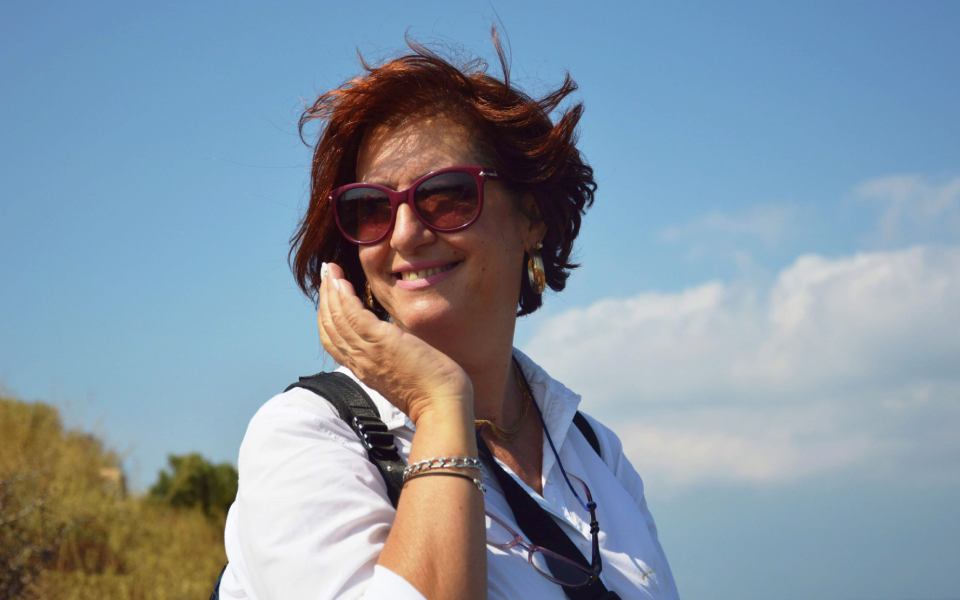
More than 12,000 men made it, to be spirited away by ships to safety in Alexandria, Egypt. Thousands more were left behind at the water’s edge, most to become prisoners of war. Those captured were marched back, crossing Askifou once more on their way to incarceration.
No landscape is untouched by such momentous events, and in the quiet of this pristine plateau, where the bleating of sheep is the only sound to break the silence, that memory remains.
Despina Athitaki, who rebuilt her grandparents’ home in the village of Goni a decade ago, inherited a love of the area, its traditions and its history.
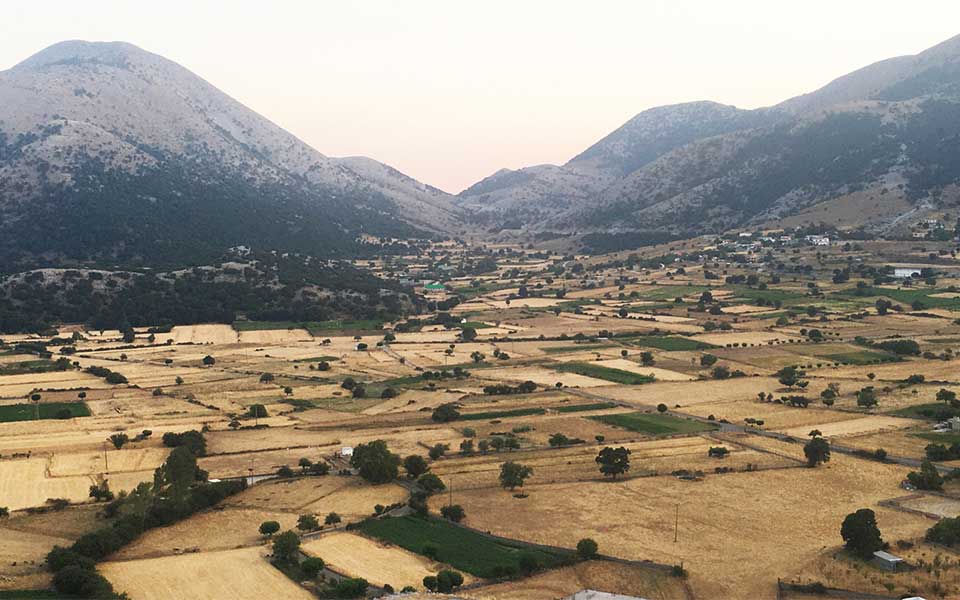
© Michael Sweet
“My ancestors kept sheep and goats, like most people here,” says Despina, who was born and raised in Hania.
“They would leave Askifou in winter, and take their herds to a lower altitude because of the cold. Once many families lived in the village – every home, every courtyard was open to all.
My parents’ love for their village is what inspired me to create my own refuge here, in this quiet place.”
Despina’s labor of love, the Villa Galatia, was built as a holiday rental property on the site of the old familial home. Surrounded by ruined stone dwellings, the villa looks south across the plain.
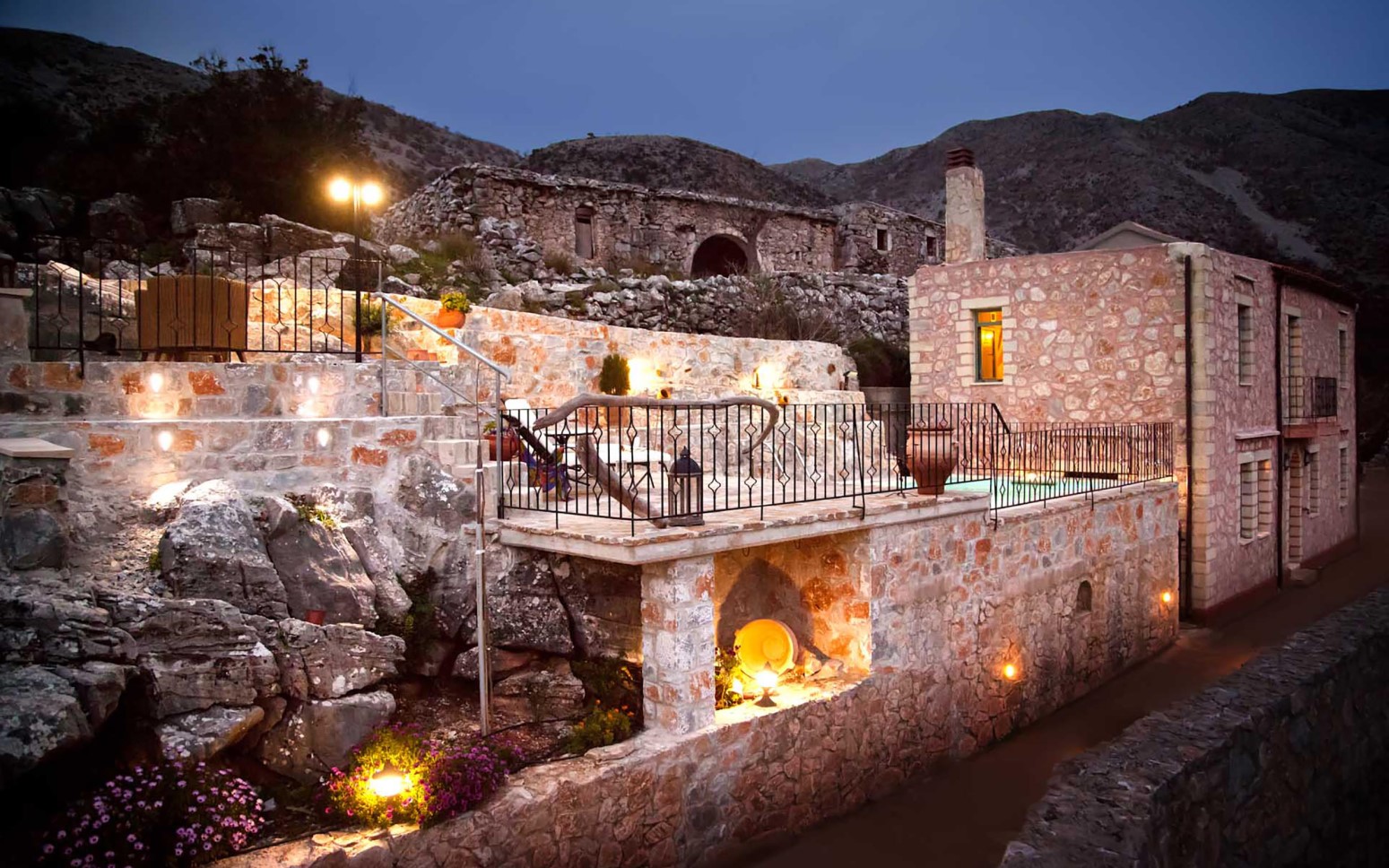
“My love of history had led me years before to begin collecting traditional furniture and objects from the area. They have hidden stories, secrets that enchanted me, and I’m pleased they found their place and gained a new life here.
“The stubbornness of time had demolished the old house completely, only one internal arch was saved. Many houses in the old times were built on the rocks, and usually one of the walls was the stone slope of the mountain. What I tried to do was preserve the elements of that time, and build a new house, with natural materials.”
Despina succeeded admirably. Authentic, beautifully appointed and deliciously comfortable, Villa Galatia is one of a handful of such renovated properties in Askifou and is highly recommended.
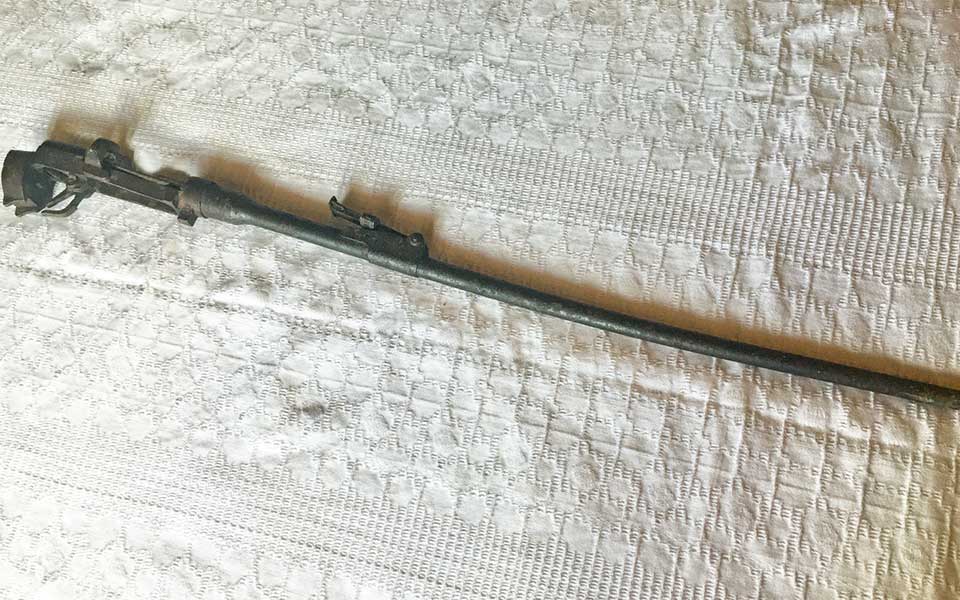
© Michael Sweet
Askifou War Museum
For those interested in the World War II, the Battle of Crete and the German occupation, a visit to the Askifou War Museum in the village of Kares is a must; look out for the yellow signs. Founded by local collector George Hatzidakis, the museum contains thousands of objects related to the conflict. Creating the collection was a labor of love for Hatzidakis, who experienced the occupation as a child and whose life’s work was to honor the sacrifice of the many who suffered during the war.
George’s son Andreas and grandchildren proudly continues his legacy. The collection offers not only a unique insight into the weaponry used during the conflict – both from the Allied and the German sides – but fascinating personal items including letters, photographs and even Wehrmacht porcelain tea sets. On visiting the museum, you’re sure to be welcomed with a shot of raki by the Hatzidakis family, who are always keen to offer their insights into the exhibits. As a totally private enterprise, the museum relies on donations to survive.
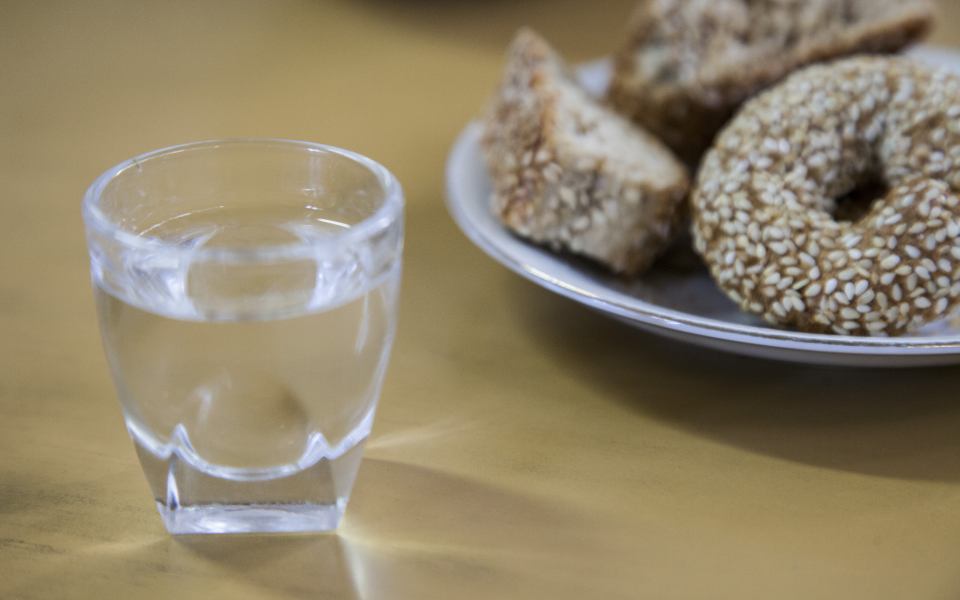
© Olga Charami
Supplies and cuisine
Ammoudari, the largest village in Askifou, comprises a couple of kafeneio and tavernas, mini-markets and petrol stations. For fine traditional Sfakian dishes like tsigariasto (slow-cooked lamb), kalitsounia (myzithra cheese pies with wild herbs) and xinochondros (cracked wheat pasta with Askifou potatoes), head to the Lentaris family’s welcoming Panorama Taverna (Tel. +30 28250.954.92) on the main road.
Hiking
Askifou, a 50-km drive from Hania and 20km from Hora Sfakion, makes an ideal base for exploring some of the most alluring and accessible sections of the Lefka Ori. The southern edge of the plateau is the starting point for the Imbros Gorge and the beginning of a gentle 11-km hike to the village of Komitades. Tickets for the gorge walk are 2.50 euros and available at the gorge’s main entry point. For more adventurous walkers, a hike to the abandoned village of Asfendou and along the Kallikratis Gorge is a greater challenge. To the plateau’s west, via Ammoudari, is a road and track leading up to the Niato Plateau (1,200m), which is crossed by the European E4 long-distance path and sits under the Lefka Ori’s legendary highest peak Pachnes (2,453m).

